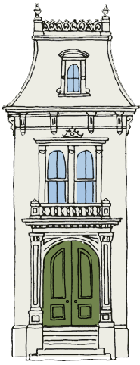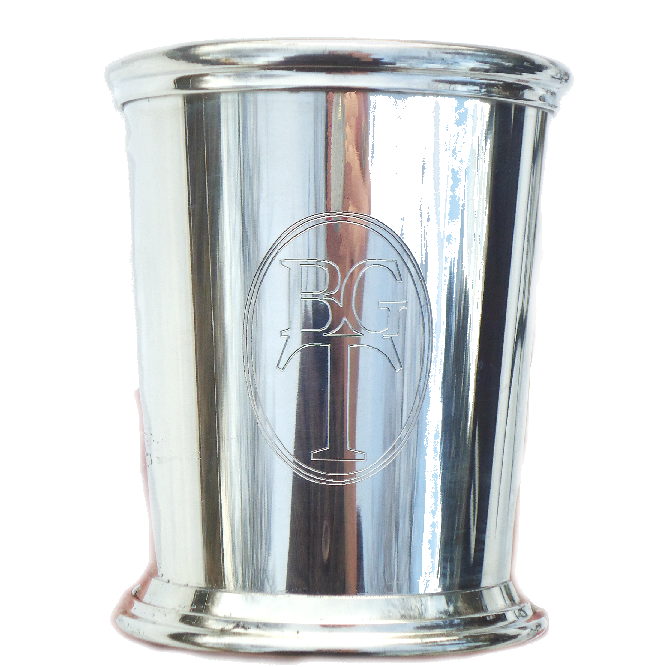Considering Replacement Windows – Why? WOAH!
What has happened to windows? We pass by homes originally built with windows of solid wood, those with antique glass divided by real wooden mullions, in patterns that defined the often high style of a beautiful past; and we see them gone…and in their place the results of what the modern world typically offers. Now windows labeled “Energy Efficient” and claiming to be “Free” from periodic maintenance, have altered the building all at once, in what seems a bit of a rush. A survey of the homes having undergone such a change finds us looking at simulations of a once truly beautiful original design but now often marred with the smooth, all too clean and flat, look of something less. Wooden windows designed to last centuries are replaced by sash made to last perhaps only eighteen years.
The replacement window industry often presents itself as the only reasonable option to consider when it comes to old windows. While many individuals have made this choice, we have found convincing arguments * to keep original wooden windows based on energy efficiency, longevity and appearance. Using our approach, our customers find themselves keeping, what can be, their beautifully restored sash and surviving the long winter without drafts (and high heating bills). No call is more welcome than from a homeowner who has just opened their original windows to the glory of Spring, or has been able to go through August sleeping without air conditioning.
* http://www.traditional-building.com/Previous-Product-Reports/3-windowsJune2008.htm
* http://windowstandards.org/?page_id=59
Consider the level of energy efficiency these new “replacement windows” offer. So often I hear it was the greatest factor in the decision to get rid of old, “worn out” sash. Representatives of Kentucky Utilities and Columbia Gas have each told me energy efficiency is not a valid reason to replace wooden windows. The articles listed above are only a small part of the research that has been done on the subject. And yet, I suspect those who sell replacement windows came (like many tradesmen I have met) at some point to understand the work involved in restoring a wooden window is not easy. It can in fact be dangerous, if attempted by the amateur, and is learned only with great skill and after years of practice. My first attempts at the work were not flattering and I am sure a test would have seen a spike in the lead levels of my body. So I can understand how some of the purveyors of “replacement windows” are probably genuine in their shpeal, but in a rush to have us join the consumable standards of plastic products in the modern world. Once bitten by this bug, we are caught in an expensive cycle, and values that gave beauty and permanence to the eyes of our children are gone from our domains.
As far as what makes a window sash, exposed to the elements, last over time…in my opinion it must be built of material that is resistant to rot. Sash made in prior eras have lasted as they have generally due to the selection of material, but probably more precisely because the makers wanted them to last. Most modern wooden window units have sash made of wood in species which are NOT “very resistant to rot”, a classification made by the USDA and in Hoadley’s “Understanding Wood”. (See Hoadley or USDA link) Manufacturers rely typically on plastic and silicone seals to keep wind driven rain water from intruding behind the resistant exterior skin and defensibly upon the local builder/remodeler to add paint or sealant to the end grains of the wooden frame, an operation which most often does not get done due to a problem we all may know as “sticking”. These are indicators of a limited life expectancy for modern sash.
The Vinyl Invasion
Entire window units made of vinyl have flooded the market. While I admit they are extremely resistant to water damage during their lifetime, how long is that lifetime? If these have become America’s replacement window then the life expectancy of the national standard has gone from hundreds of years to about eighteen. Others may champion their vinyl windows as the economical, maintenance free and most energy efficient solution on the market. There is an untold story here.
I asked two chemists about using vinyl to make windows, in confusion trying to reconcile this “lifetime warrantied” material to the condition of vinyl siding, after 18 years of mowers and children at play. The report shattered the notion we can expect the material to remain flexible and so resist becoming the brittle, cracked aged product we know so well. I have seen often how windows made of the material perform as the vinyl stiffens, which has commonly been told to me by homeowners, in only ten or so years of use. Lifetime warranty indeed.
The hawkers
the marketers have complicated the traditional R value approach by inversion to what they call the U-Value (a method seemed to have been devised by salespeople rather than scientists)…and after consideration we don’t find meat in what they say they have achieved over the simple combination of wooden window with storm window.
We hear often the claims of an industry who has assumed that consumers demand “maintenance free” and “energy efficiency”. To these ends we no longer have windows and doors that can be maintained by the homeowner (like the way of vehicles). If a cord or piece of glass breaks, it is easily repaired. In modern windows, if a spring end snaps, or an insulated glass unit fails, the common answer is to replace the sash. I can only conclude this is what the industry wants, as their are no longer sash on the common market that are made simply as windows were made in the USA since 1675. of long lasting materials and The business model seems to have dominated the major players, all now relying on the insulated glass unit (a limited life technology) and making sash of mostly Ponderosa Pine, a species of wood rated by the USDA as only slightly resistant to rot. In my own experience, I have learned the adage, “maintenance free is synonamous with cannot be repaired. Consider the possibility the industry drives so hard at replacing wooden windows so they might sell replacement sash again, once these new replacement window units begin to cloud over with condensation and their plastic pieces shatter and their coil springs stretch out.
We believe the maintenance and repair of the solid wood window, along with an energy efficient storm window, is a practical solution that will keep the beauty of original wooden windows for hundreds of years.
Our company is locally owned and dedicated to craftsmanship. Within these pages we hope you will find much information about working with wooden windows and doors, proper weather strip, and their finishing.
Why repair your wooden windows vs purchase new?
| “My windows have gone from drafty and rattling in the frames in winter to tight and energy efficient. I estimate that I’ve saved 20% on my fuel bills the following winter after having them reconditioned by LWDRC, not to mention the money saved by repair rather than replacement of my 3 x 6 ft tall windows. “ – Robin Jones, Lexington, KY |


